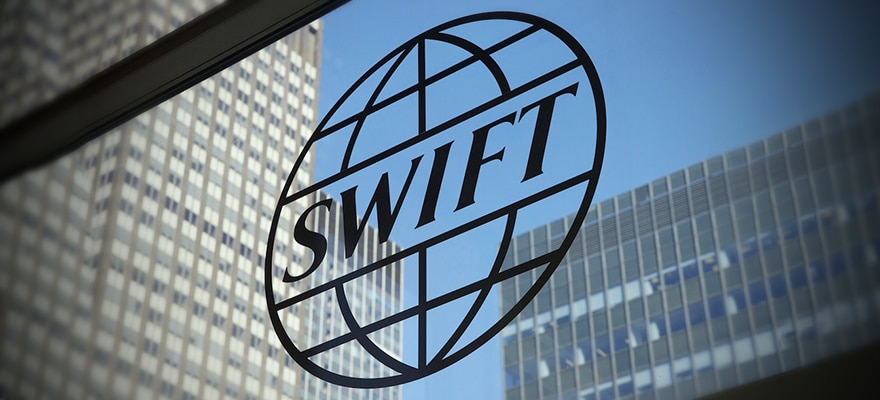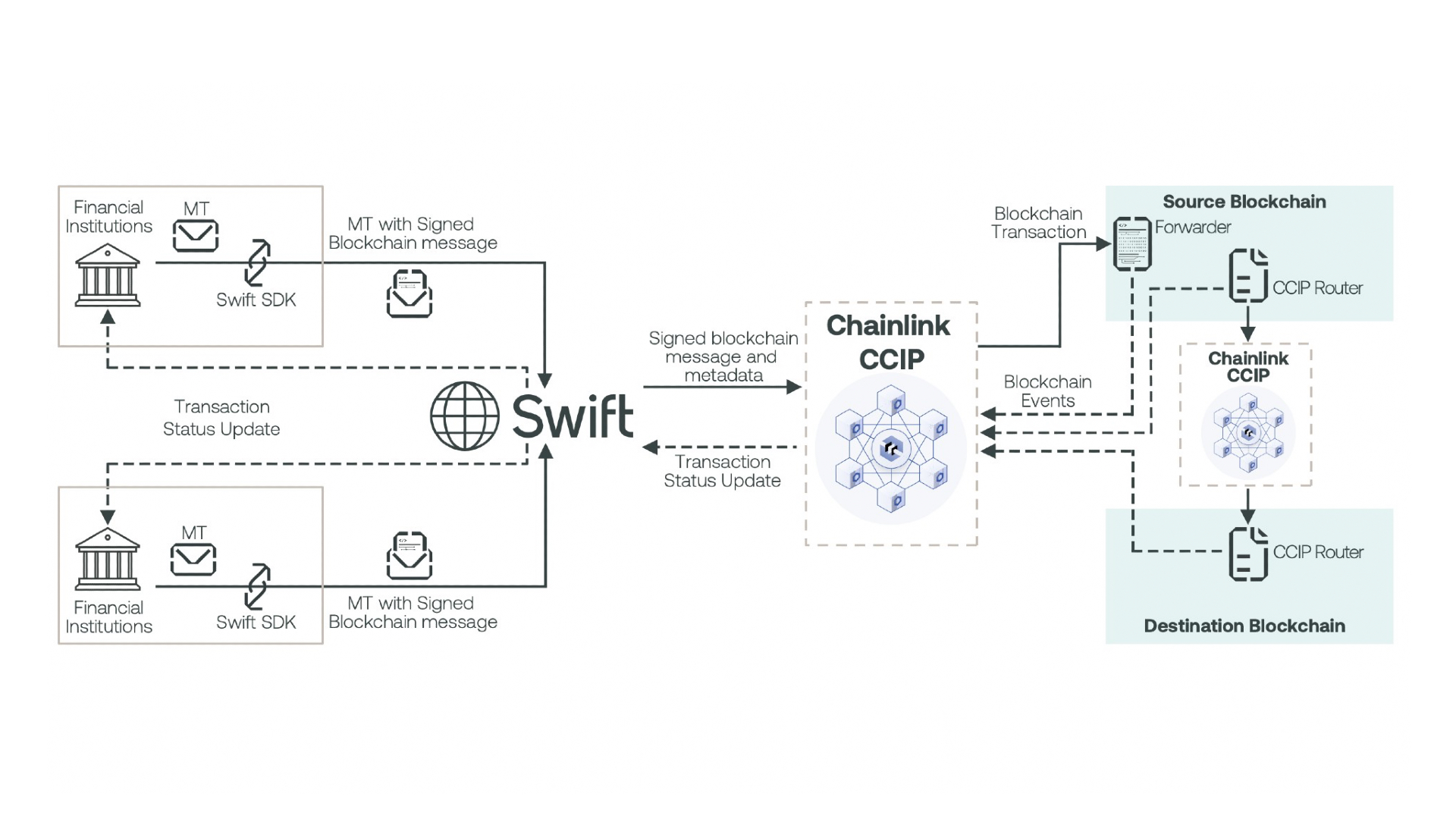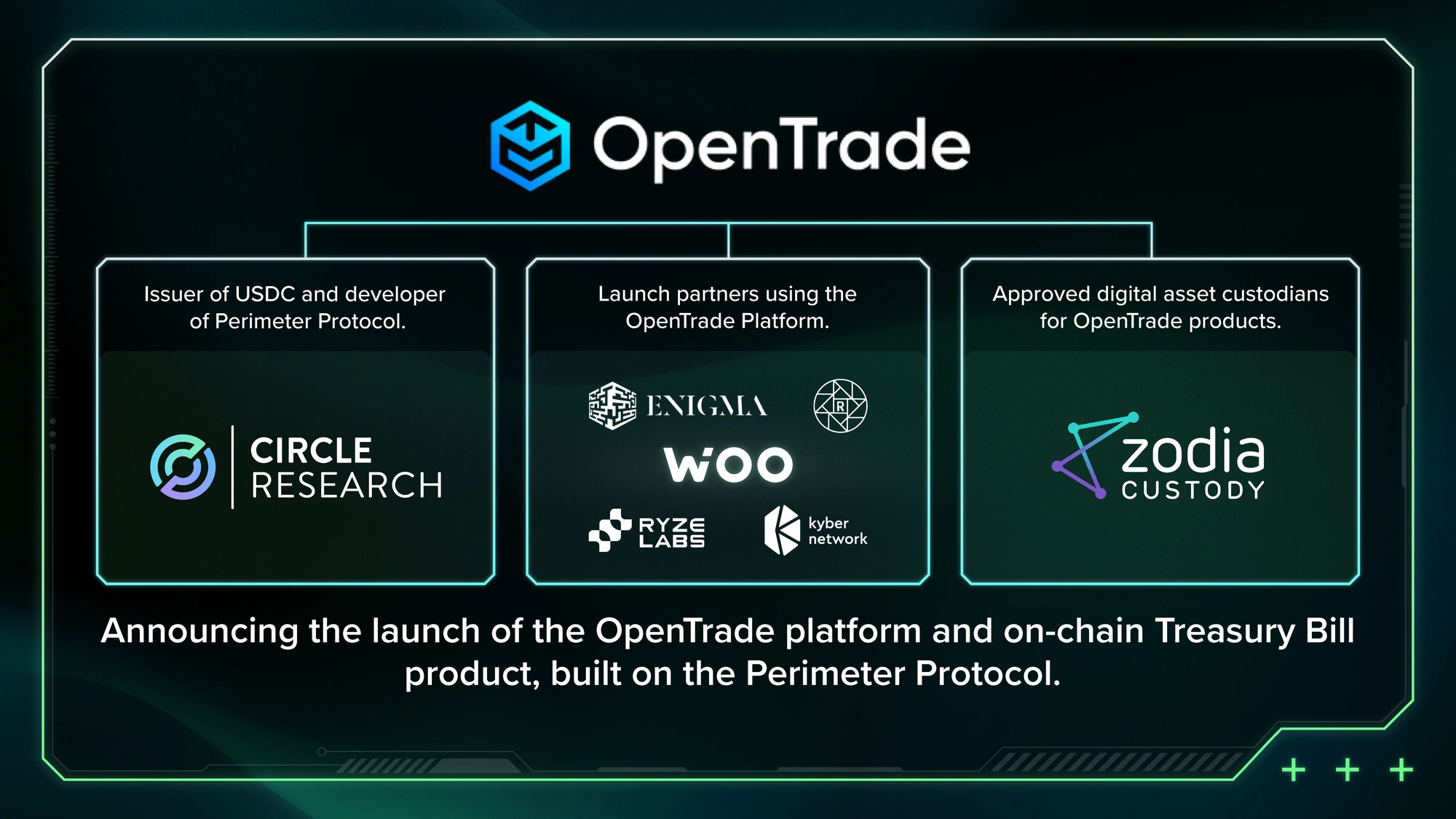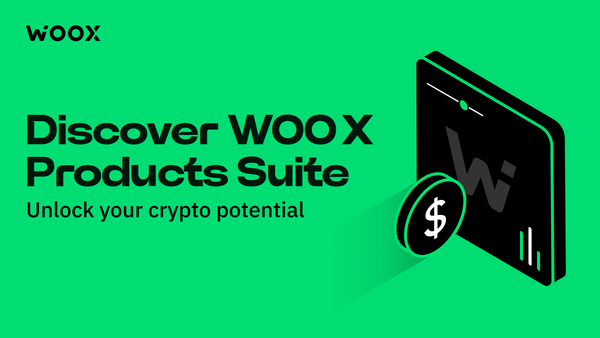Real-World Asset Tokenization (RWA) - Is it worth the hype?
Another week, another game-changer. While the markets may be flat, current adoption and real-world impact trends are anything but. If you've been watching the evolving landscape of blockchain and finance, you've likely come across the term "Real-World Asset Tokenization."
This buzzword has been making the rounds for a few years now, but things might be getting serious. Finance industry giants like JPMorgan, BlackRock, and established blockchain players like Chainlink are making significant strides in this space.
So, what's all the excitement about, and is it actually worth the hype? Let's dive into the nitty-gritty of asset tokenization and why many think it will shape up to be a cornerstone of modern finance.
TLDR;
- Definition: RWA involves converting traditional investments (like bonds, real estate, gold) into digital tokens on a blockchain for easier trade and management.
- Industry Players: JPMorgan, BlackRock, and Chainlink are leading in RWA developments, making significant strides in the space.
- JPMorgan's TCN: An operational platform enabling real-world assets as collateral, enhancing efficiency and security in transactions.
- Swift's Experiments: Swift is experimenting with blockchain to facilitate transfer of tokenized assets across various blockchains, addressing interoperability challenges.
- Chainlink's Role: Chainlink connects smart contracts with real-world data, partnering with Swift, making it a key player in RWA tokenization.
- Benefits: Tokenization enhances liquidity, accessibility, and offers fractional ownership, democratizing investments. Blockchain ensures transparency and security.
- Challenges: Regulatory hurdles and technical challenges like interoperability need addressing for mass adoption. Convincing traditional financial institutions to adopt blockchain remains a challenge. Actual ownership of the RWA is hard to define.
- Future Landscape: Integration of RWA with Central Bank Digital Currencies (CBDCs) could streamline transactions within regulatory frameworks, potentially broadening financial inclusion and enhancing interoperability.
- Asian Development: WOO and OpenTrade collaborate to offer tokenized U.S. Treasury Bills in Asia, capitalizing on growing demand for tokenized assets.
- Conclusion: RWA is redefining finance by enhancing liquidity, accessibility, and security. Industry giants' backing and successful use cases are driving the evolution, with the potential for even more groundbreaking innovations as the technology matures.
What is Real-World Asset Tokenization, Anyway?
Before we dive in, let's demystify the term. Real-World Assets, or RWAs, are off-chain native assets. Think traditional investments like bonds, real estate, gold, or otherwise.
Asset tokenization brings them on-chain, converting the rights to these real-world assets into digital tokens on a blockchain. It's like taking the essence of an asset and putting it into a format that's easy to move, trade, and manage.
Why Tokenization?
Now, let’s talk about why RWA tokenization could be the next big thing. First off, it’s a huge deal for liquidity. RWAs like real-estate and art are notoriously illiquid. Buying and selling is tied up in red tape and cumbersome, outdated systems. Tokenization cuts that red tape, and streamlines the whole process, breaking down high-value assets into bite-sized, tradeable tokens.
Tokenization isn’t just about making life easier; it’s also about making it safer and more transparent. With blockchain as the backbone, every transaction with a tokenized asset is out there for all to see, from birth through every single pair of hands it’s passed through.
The Tech Behind the Buzz
Platforms like JPMorgan's TCN are leveraging our favorite duo of blockchain and smart contracts to streamline traditional financial systems, making them more efficient, transparent, and secure.
JPMorgan's TCN (Tokenized Collateral Network)

JPMorgan's TCN is not just a theoretical concept; it's a live, operational platform recently executing its first public collateralized trade with BlackRock, the world's largest asset manager.
The kicker is the TCN platform allows investors to use real-world assets as collateral. What's groundbreaking here is the ability to transfer ownership of collateral without moving assets in underlying ledgers. Per the TCN website, collateral takes the form of pooled financial assets, starting with money market funds (MMFs). This makes the entire process faster, more secure, and far more efficient.
Tyrone Lobban, head of Onyx Digital Assets at JPMorgan, stated that the TCN platform unlocks capital and allows it to be used as collateral in ongoing transactions, boosting efficiency at scale. So, it's not just a one-off experiment; it's a live application already attracting a pipeline of clients and transactions.
Swift's Experiments

If you’ve ever sent cross-border payments, you’ve likely already interacted with SWIFT. The Society for Worldwide Interbank Financial Telecommunications, or SWIFT, network is the massive system powering most international money and security transfers. Now SWIFT is also making strides in the asset tokenization arena. They've been busy running experiments to demonstrate that their existing infrastructure can facilitate the transfer of tokenized assets across multiple blockchains. This is a big deal because it addresses one of the biggest challenges in the tokenization space: interoperability.
SWIFT aims to provide a single entry point for financial institutions, thereby significantly reducing operational challenges and investment required for institutions to support the development of tokenized assets. Their experiments have shown promising results, indicating that Swift's secure and trusted infrastructure could be that central point of connectivity the industry needs.
Chainlink's Role

Chainlink is another player making waves in the asset tokenization space. They've partnered with SWIFT and actively promote themselves as the go-to platform for RWA tokenization.
Chainlink's technology connects smart contracts on various blockchains with real-world data and APIs, also known as an oracle. This capability is crucial for tokenizing real-world assets like real estate, art, or even intellectual property.
Their partnership with SWIFT could potentially see more collaborations in the coming weeks and months, making them a key player in driving the RWA tokenization narrative forward.
The Perks of Going Tokenized
Tokenizing real-world assets offers a myriad of benefits, each of which addresses some of the limitations of traditional asset management.
Liquidity
Tokenization can significantly enhance asset liquidity. Traditional assets often involve cumbersome processes and time delays when it comes to transferring ownership. However, tokenization allows for intraday liquidity through secured repo transactions, as demonstrated by JPMorgan's TCN. Investors can quickly convert their asset holdings into cash or other assets, thereby increasing the asset's marketability.
Accessibility
As stated above, Swift has been actively experimenting with blockchain technology to provide a single entry point for financial institutions. This is crucial for the seamless movement of tokenized assets across different platforms and geographies, making it easier for institutions to engage with this emerging asset class.
Fractional Ownership
One of the most compelling advantages of tokenization is the ability to break down assets into smaller, more affordable shares. This concept, known as fractional ownership, democratizes access to investment opportunities. For example, real estate, often considered a high-ticket investment, can be tokenized to allow investment in fractions of a property, making it accessible to a wider pool of investors.
Consensys, for example, worked with Her Majesty’s Land Registry (HMLR), the UK government department responsible for recording 25 million ownership titles on lands and properties valued at over £7 trillion ($8.7 trillion). This resulted in the creation of a digital token to represent ownership stakes in a specific property. This innovative approach allowed owners to determine the number of tokens, essentially shares, they wished to offer and at what price point. While this was part of a research and development initiative, the process mirrors the behavior one would expect in a real-world property transaction, blending traditional real estate practices with cutting-edge blockchain technology.
The struggle here, however, is regulation. Real estate is one of the largest global markets, and how different jurisdictions treat real estate transactions varies. What constitutes ownership, and even property, isn’t always agreed upon, as explored below.
Transparency and Security
As you already know, blockchain offers unparalleled transparency and security. All transactions are visible to all parties involved and cryptographically secured against fraudulent activities, providing an additional layer of trust.
Challenges and Risks of Tokenizing Real-World Assets
While the benefits are promising, some challenges and risks need addressing for asset tokenization to reach its full potential.
Regulatory Hurdles
The regulatory landscape for tokenized assets is still forming. Different jurisdictions have varying levels of regulatory clarity, and the absence of a standardized legal framework can deter institutional participation. The same digital assets also receive different treatment in the same wallet depending on the jurisdiction in which the purchaser resided at the time of purchase. This could lead to a scenario where an investor holds an amount of a tokenized RWA, and half are viewed by one authority as a security, and the other half are viewed as property.
Given how easy it is to transfer crypto-assets without the usual KYC/AML requirements, we also might end up with a situation where holding a tokenized RWA conveys the underlying rights. While this might not sound like a bad thing, the regulations on this are already clear. In TradFi, this type of asset is called a bearer security, a security which conveys ownership and rights simply by holding it, and these are almost universally illegal.
That’s just the tip of the regulatory-headache-iceberg as well, as explored by Gabriel Shapiro in this X thread.

Technical Challenges
Interoperability remains a significant technical challenge. The recent depegging of the $USDR stablecoin highlights the risks of managing tokenized assets on different blockchains. Each blockchain has its own functionality and liquidity profile, and the lack of seamless interoperability can create operational challenges and additional costs.
Market Adoption
Convincing traditional financial institutions to adopt blockchain for asset tokenization is no small feat. Many are hesitant due to the nascent stage of the technology and the perceived risks involved. However, as more successful use cases like JPMorgan's TCN and Swift's experiments come to light, the tide may turn in favor of broader market adoption, which could benefit us all.
The Asian Angle: WOO X and OpenTrade
So, what about us at WOO? We’re not sleeping on this massive development for sure.
We’ve recently teamed up with OpenTrade, a platform specializing in tokenized real-world assets, to offer tokenized U.S. Treasury Bills in Asia. This collaboration aims to capitalize on the growing demand for tokenized T-Bills, fueled by the higher yields offered by U.S. government bonds compared to in DeFi.

It serves multiple strategic objectives for us and OpenTrade. The collaboration allows WOO X users to earn yield via access to tokenized T-Bills and also to borrow USDC-secured loans against liquid assets. This is beneficial for users looking to diversify their investment portfolios without incurring high switching costs typically incurred with traditional financial intermediaries.
OpenTrade, on the other hand, gains a robust distribution channel for its tokenized U.S. Treasury Bills through our platform. Founded earlier this year, OpenTrade has already launched a series of services, including lending products for U.S. Treasury Bills, structured credit, and supply chain finance. The tokenized government bond products offered by OpenTrade are built with Perimeter Protocol, an open-source protocol developed by Circle Research.
Conclusion: The Takeaway
So there you have it! From enhancing liquidity and accessibility, to offering unprecedented levels of transparency and security, asset tokenization is poised to redefine the financial ecosystem. With the backing of industry giants and promising use cases, it's an area worth keeping an eye on.
With the RWA market projected to grow to between $3.49T and $9.95T by 2030 according to a report from 21.co, maybe even two eyes.

But here's the thing: we're just scratching the surface. As the technology matures and gains regulatory clarity, the next wave of innovation could be even more groundbreaking. So, keep your eyes peeled whether you're a crypto enthusiast or a finance professional.
The future of finance may be tokenized, and you won't want to miss what comes next.
The content above is neither a recommendation for investment and trading strategies nor does it constitute an offer, solicitation, or recommendation of any product or service. The content is for informational sharing purposes only. Anyone who makes or changes the investment decision based on the content shall undertake the result or loss by himself/herself.
The content of this document may be translated into different languages and shared throughout different platforms. In case of any discrepancy or inconsistency between different posts caused by mistranslations, the English version on our official website shall prevail.
------------
Please be aware that trading may involve risks and possible loss of capital. No data or information on the WOO X platform is intended to serve as financial advice, a recommendation, or an endorsement of any digital assets, cryptocurrencies, or trading strategies. Please do your own research before making any of your investments.


